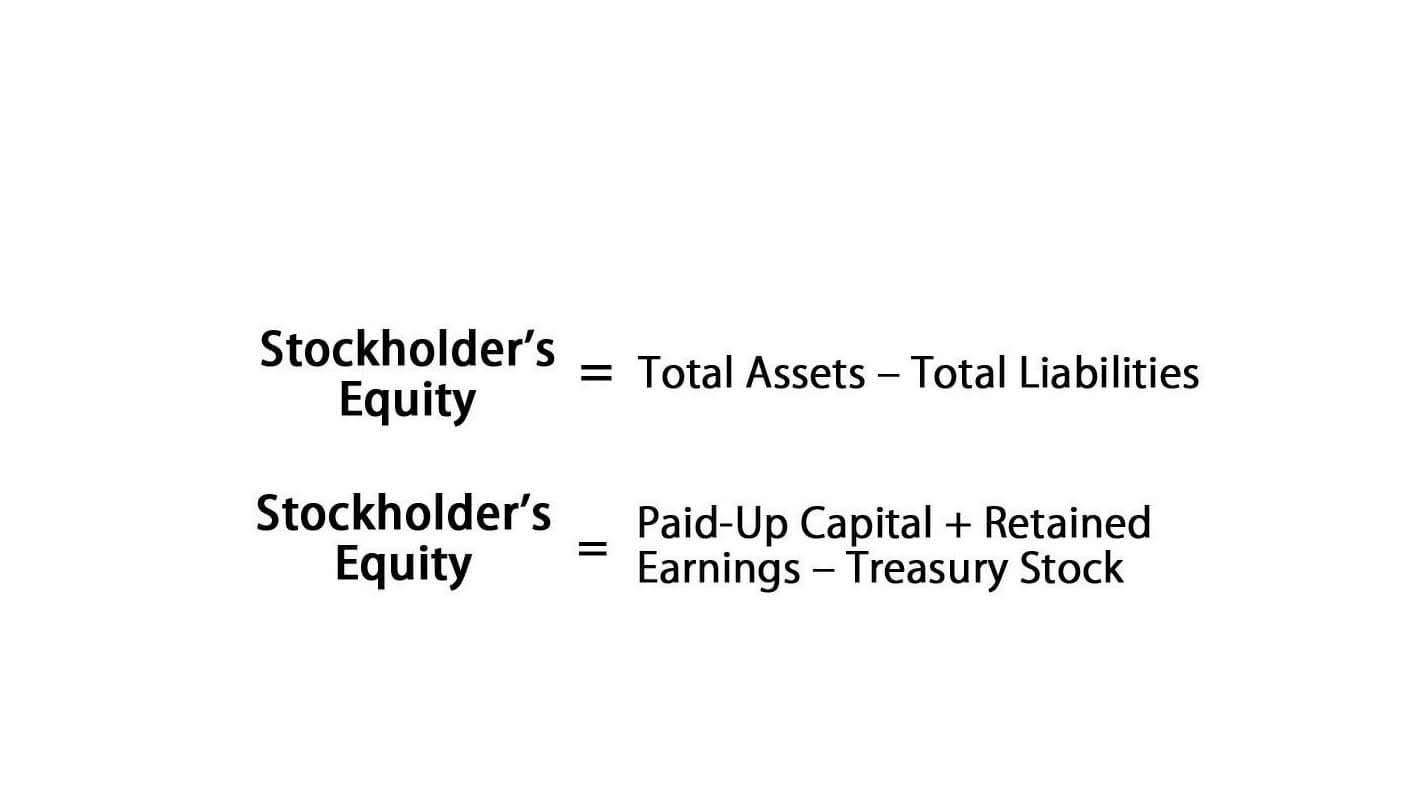
Clear payment terms — with penalties for late payments and discounts for timely ones — can reduce this stress and ensure that your business can perform well and grow. Take Resolve, for instance–they take on the risk of late payments, enabling you to have a continuous cash flow Certified Public Accountant for the business. For approved customers, Resolve lets them pay in 30, 60, or 90 days while you get paid up to 90% of the invoice face value after one day. They conduct credit checks on clients to determine who qualifies for net terms.
- When you understand all of the possible payment terms you may use on an invoice, your business will be well-positioned in any payment-related communications with your client.
- You can create an invoice with a Microsoft Word or Excel template, but online invoicing software has advanced features that can automatically add payment terms and keep track of payments received.
- This knowledge can pave the way for improved financial stability and more favorable terms in future transactions.
- You can request that the client provide you with a credit card number, or you can accept mobile payments.
- Communicating clearly and creating strong relationships with ongoing clients can encourage getting paid on time without reducing your revenue.
- Some common payment terms include ‘Net 30’ (payment due in 30 days), ‘COD’ (cash on delivery), and ‘PIA’ (payment in advance).
Include a late fee
That’s likely how your customers feel if you offer them limited payment options. Allow them to pay with credit cards, debit cards, online payments, ACH, digital payments or even cryptocurrency payments. Managing late payments can involve implementing late fees as outlined in your payment terms, utilizing invoice reminder software, and adopting a consistent follow-up process. Communication is key – always discuss late payment issues with your clients to understand the reason and find a mutually beneficial solution.
- There is also space for personalization, such as a logo and personal message.
- However, please note that the content provided on our website is for informational and educational purposes only, and should not be considered as professional financial or legal advice.
- By clearly outlining your payment expectations, you prevent misunderstandings that could strain relationships.
- Visibility and insights on your cashflow and expected payment dates.
- Another advantage for businesses holding awards includes the reputational benefit.
- We look forward to continuing to work with all of Australia’s governments to improve payment practices across the economy into the future.
- (ii) Incorporated in supplies delivered to, and accepted by, the Government under this contract and to which title is vested in the Government under this clause.
Getting paid on time
The most common format for these discounts is expressed as a percentage, such as “2/10 Net 30,” where customers can receive a 2% discount if they pay within 10 days instead of the full amount due in 30 days. If a project’s failure means your team won’t get paid, require advance payment. Alternatively, you could offer flexible terms to reliable clients while requiring upfront payments or progress payments from new or high-risk customers. While prepayment terms can significantly improve cash flow and reduce credit risk for sellers, they may deter some customers who prefer to pay post-delivery. To address these concerns, businesses can establish a middle ground by offering partial prepayment terms or milestone payments, where customers pay at various stages of the project. This approach balances the seller’s needs with the customer’s cash flow considerations.

232-40 Providing Accelerated Payments to Small Business Subcontractors.
Clear and fair terms help set expectations and foster positive interactions between buyers and sellers. When customers understand their obligations, they are more likely to comply, leading to a lower likelihood of disputes or late payments. In fact, businesses that communicate payment terms effectively experience a 25% reduction in late payments, as reported by the Small Business Administration (SBA).
- I always try to find a balance that works for both me and my customers.
- 7 Lili AI and other reports related to income and expenses provided by Lili can be used to assist with your accounting.
- You can customize them based on your industry, client’s history, cash flow, and how much you’re owed.
- Once you have the payment terms sorted, the next step is to think about how you could accept these different payment types, like partial payments or advanced payments.
- This is why the Victorian Small Business Commission (VSBC) is urging businesses to follow the Victorian Government’s lead by making an ongoing commitment to pay small businesses within 10 business days.
End of the Month

State clearly when payment is due, any early payment discounts, and late payment penalties. Ambiguities in your terms can lead to misinterpretations, delayed payments, or disputes. While there is no one-size-fits-all strategy there are payment term tips that can help you get the job done more effectively.

The retailer must pay by May 31st, no matter when the order was placed during the month. CBS means you receive full or partial payment before small business payment terms sending out goods. One of the best ways to get your clients to pay sooner is to shorten the due date.

The Final Rule now becomes effective on March 16, 2023, and government contractors should prepare themselves to take advantage of the accelerated payment requirement. Although the Code is not mandatory, the clear intention is to drive down payment periods for businesses. Those that stand to benefit from this obviously include Accounting for Technology Companies payees, and particularly smaller businesses, as reduced payment periods will significantly improve their cash flow position. In early December 2024, the Government launched a new voluntary payment code, The Fair Payment Code (the Code), replacing the previous Prompt Payment Code. It aims to tackle the late payment of businesses, support SME’s cash flow and incentivise good practice. The Code is open to not just businesses of any size, but also to Community Interest Companies, Business Representative Organisations, Charities, Co-operatives and Universities.